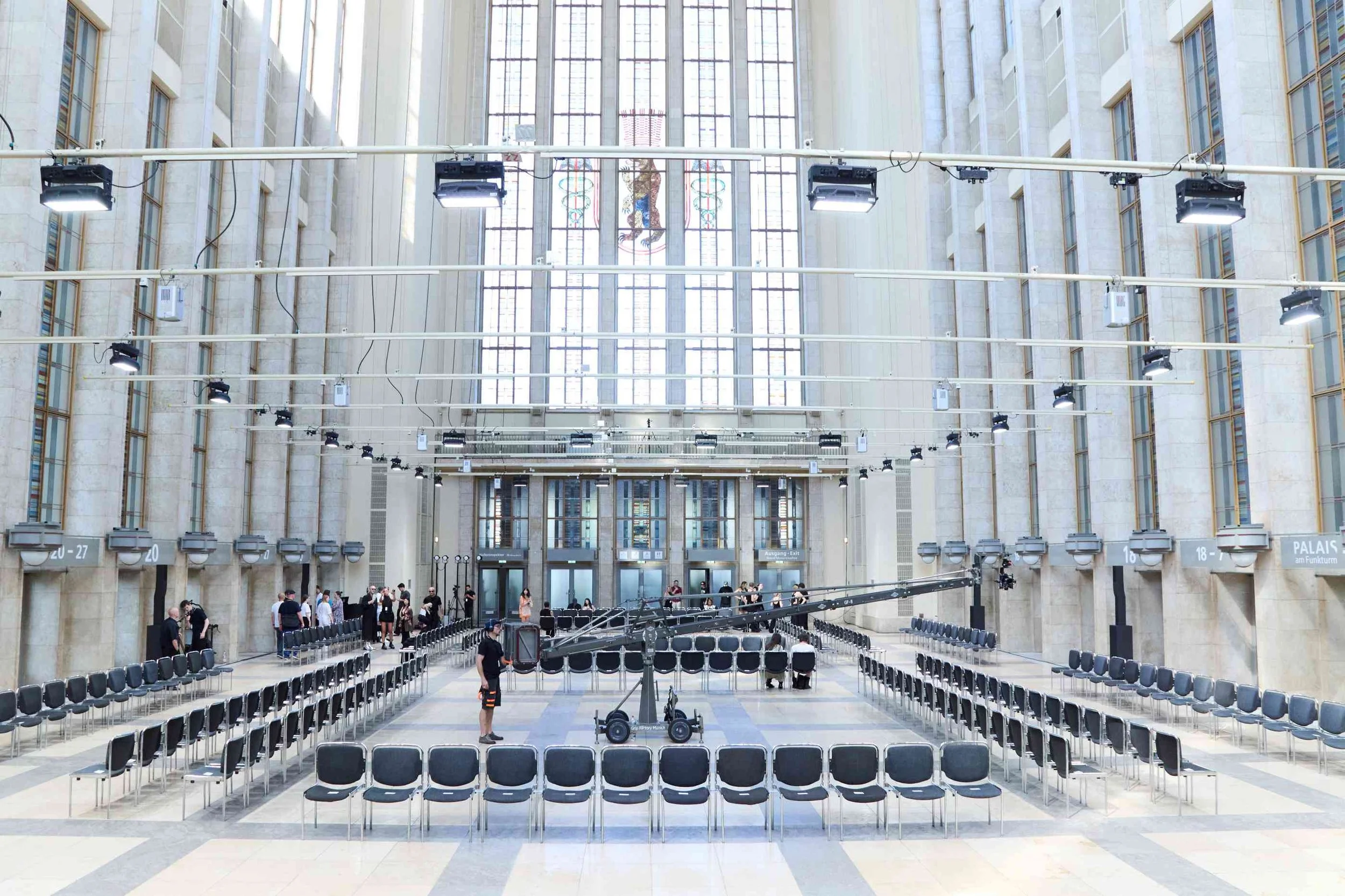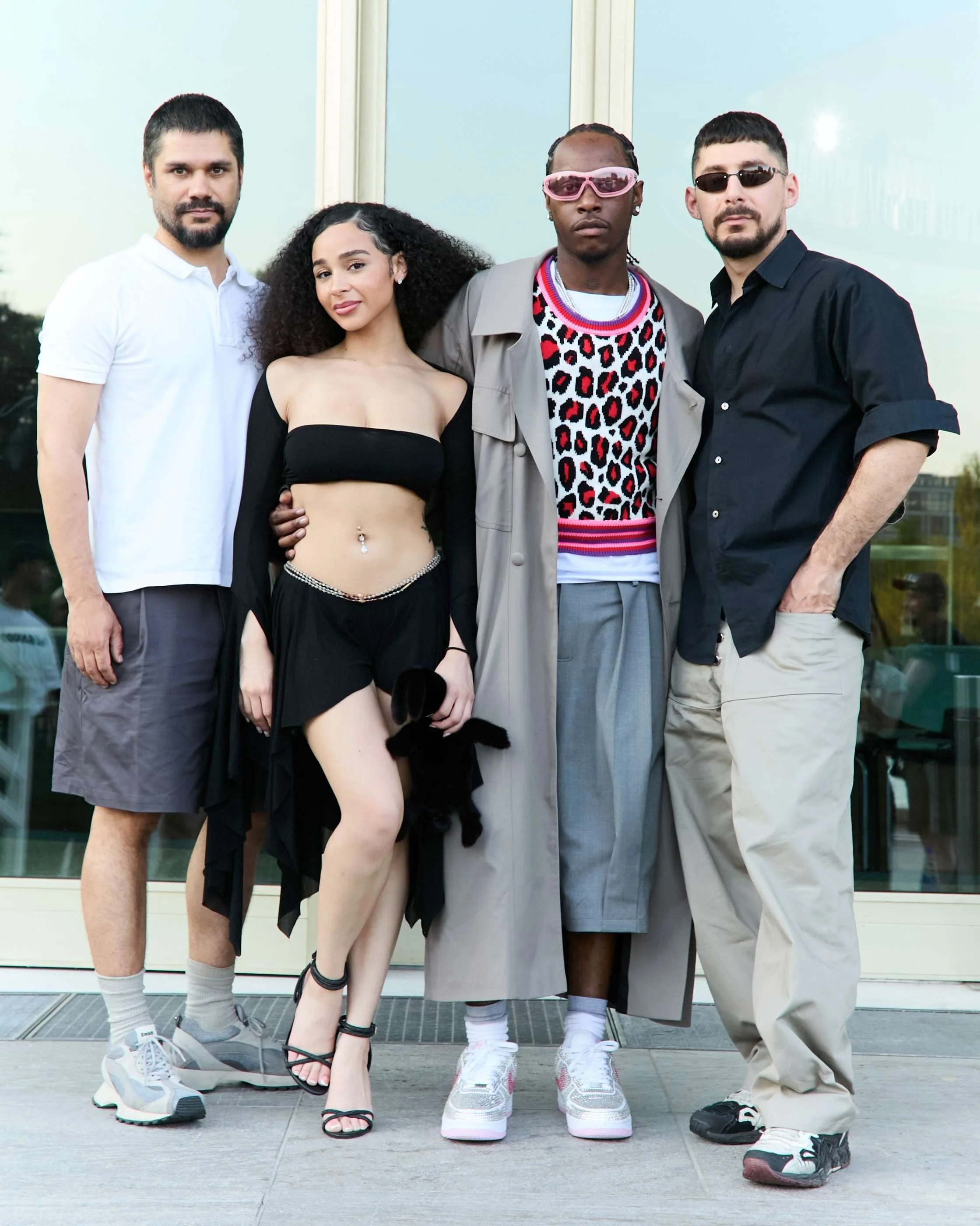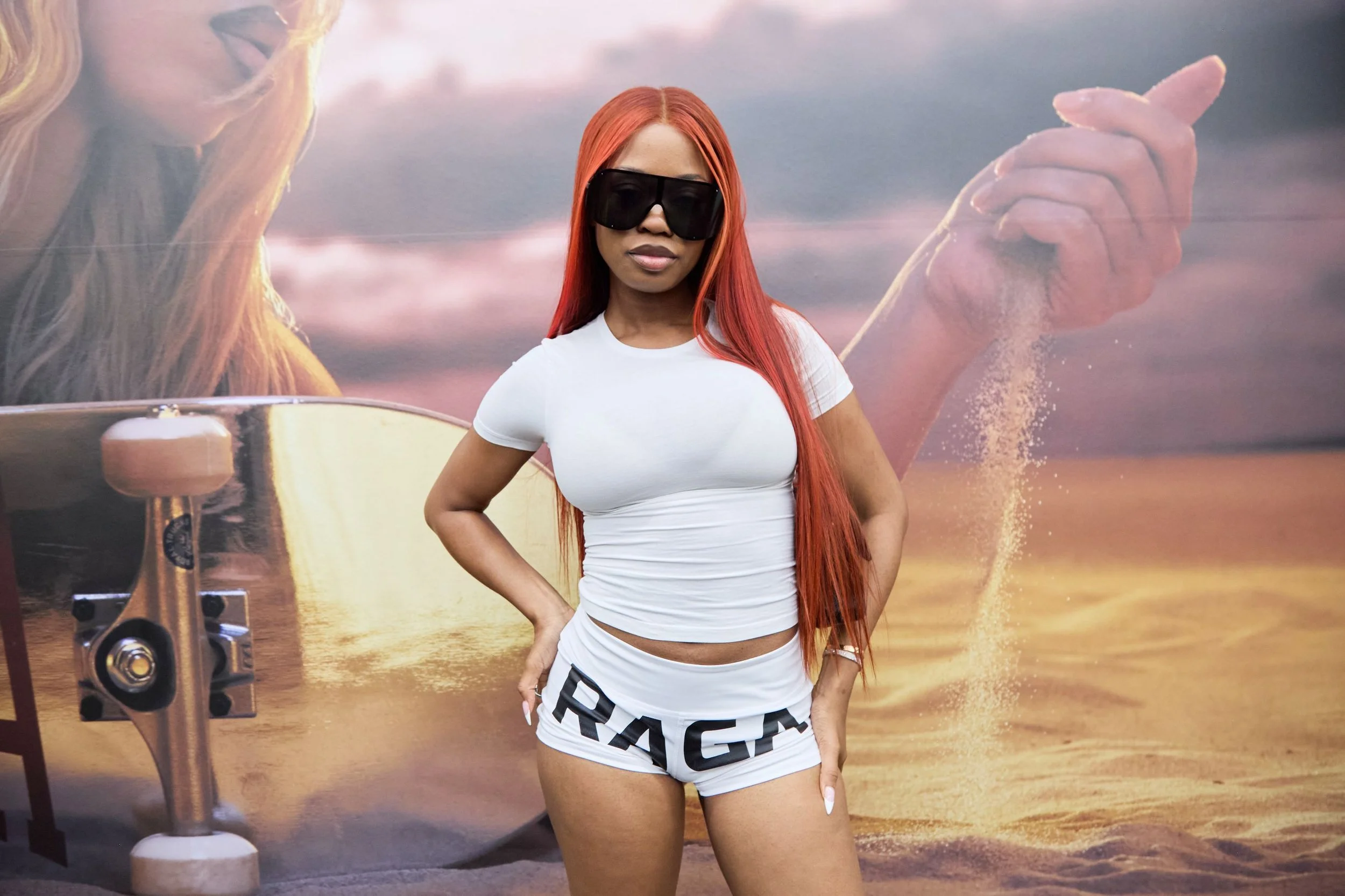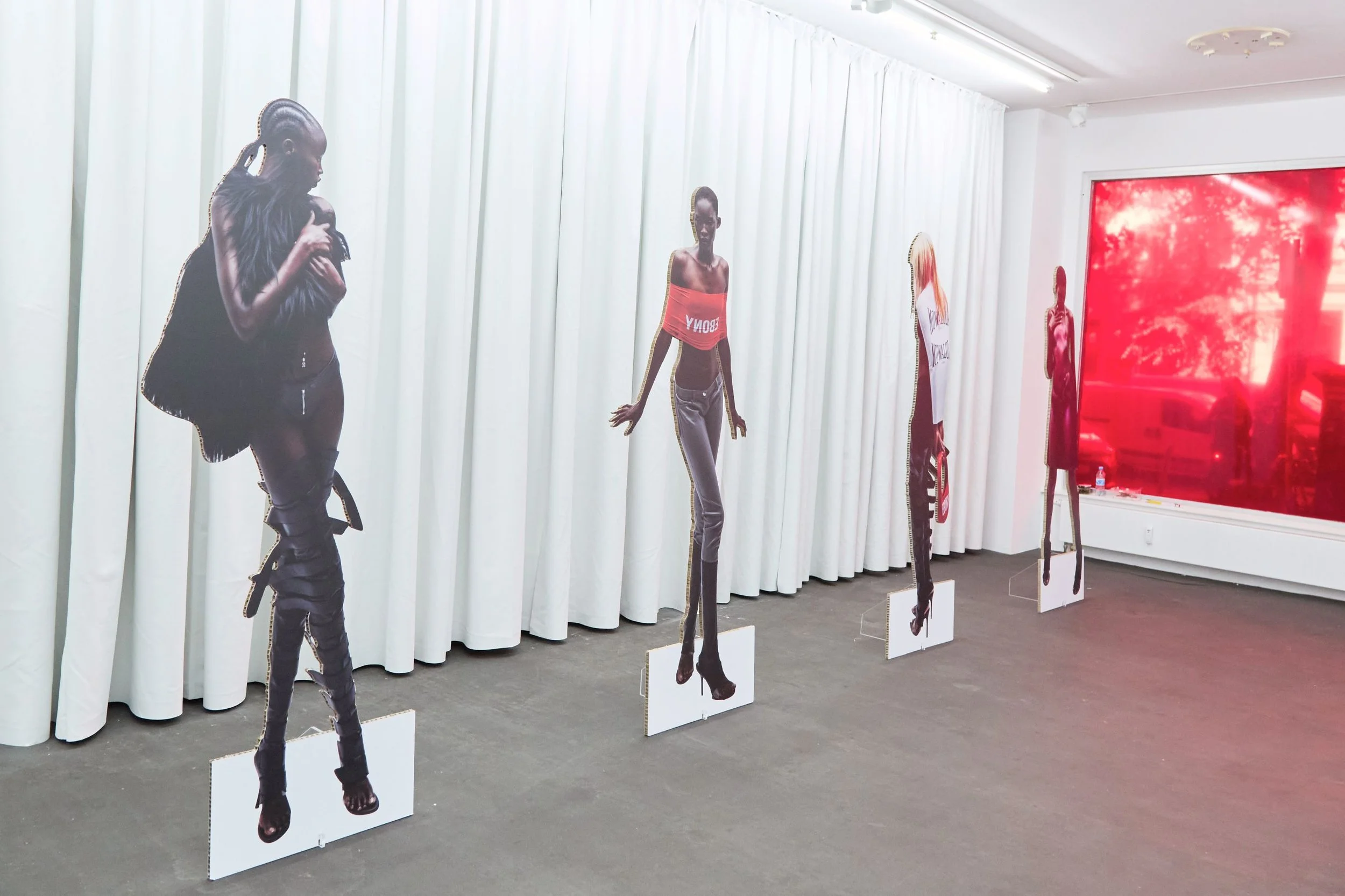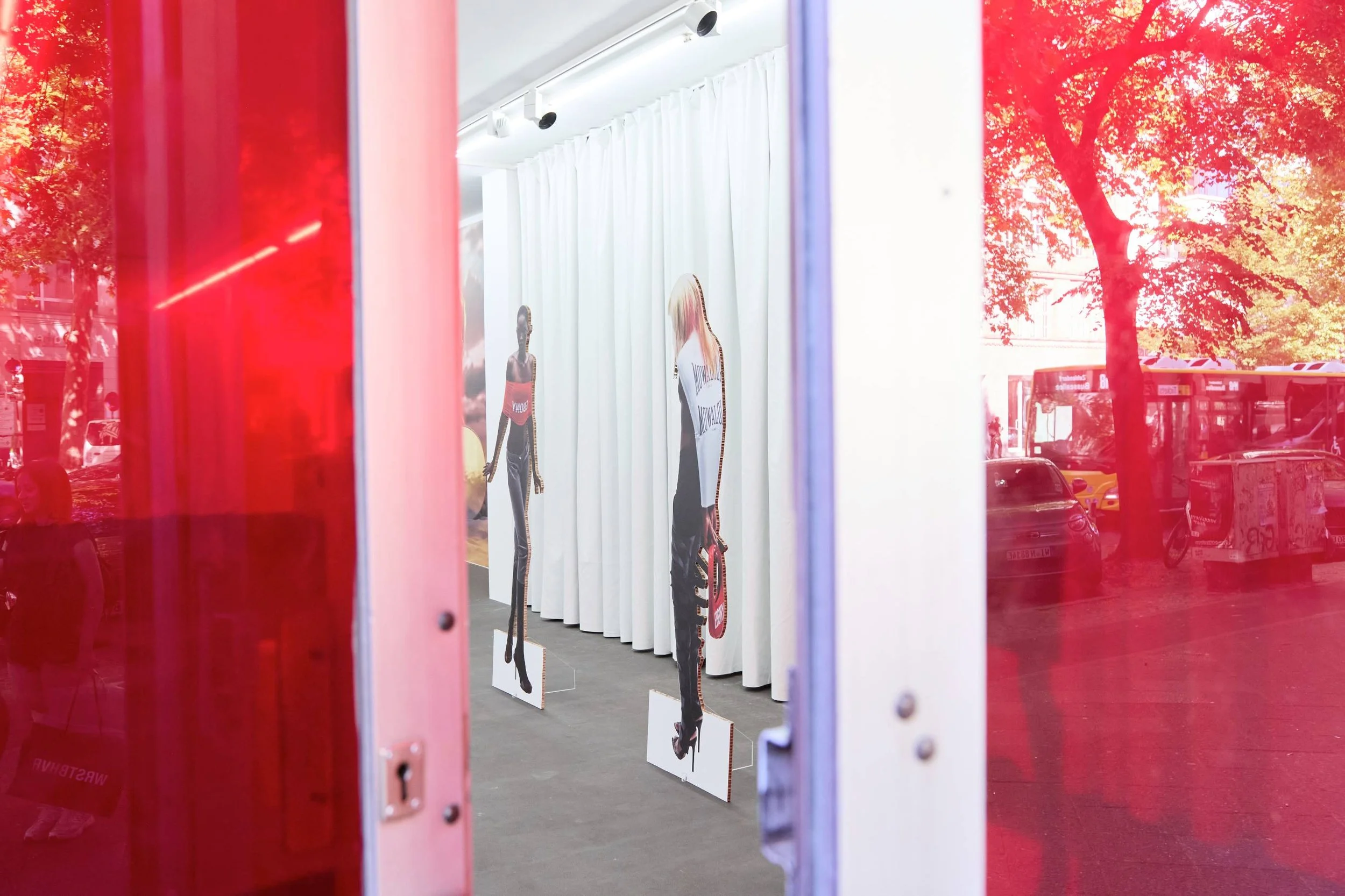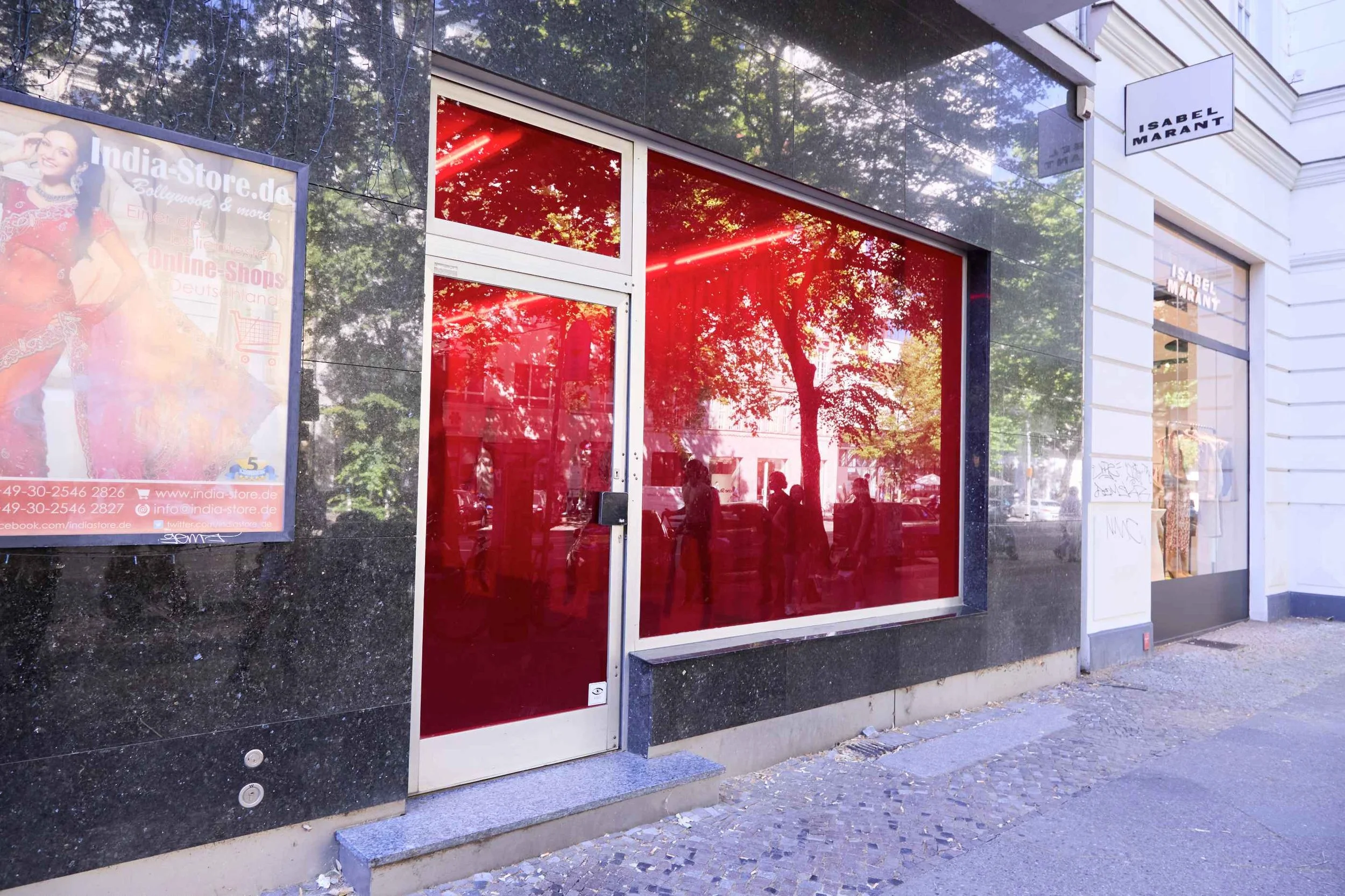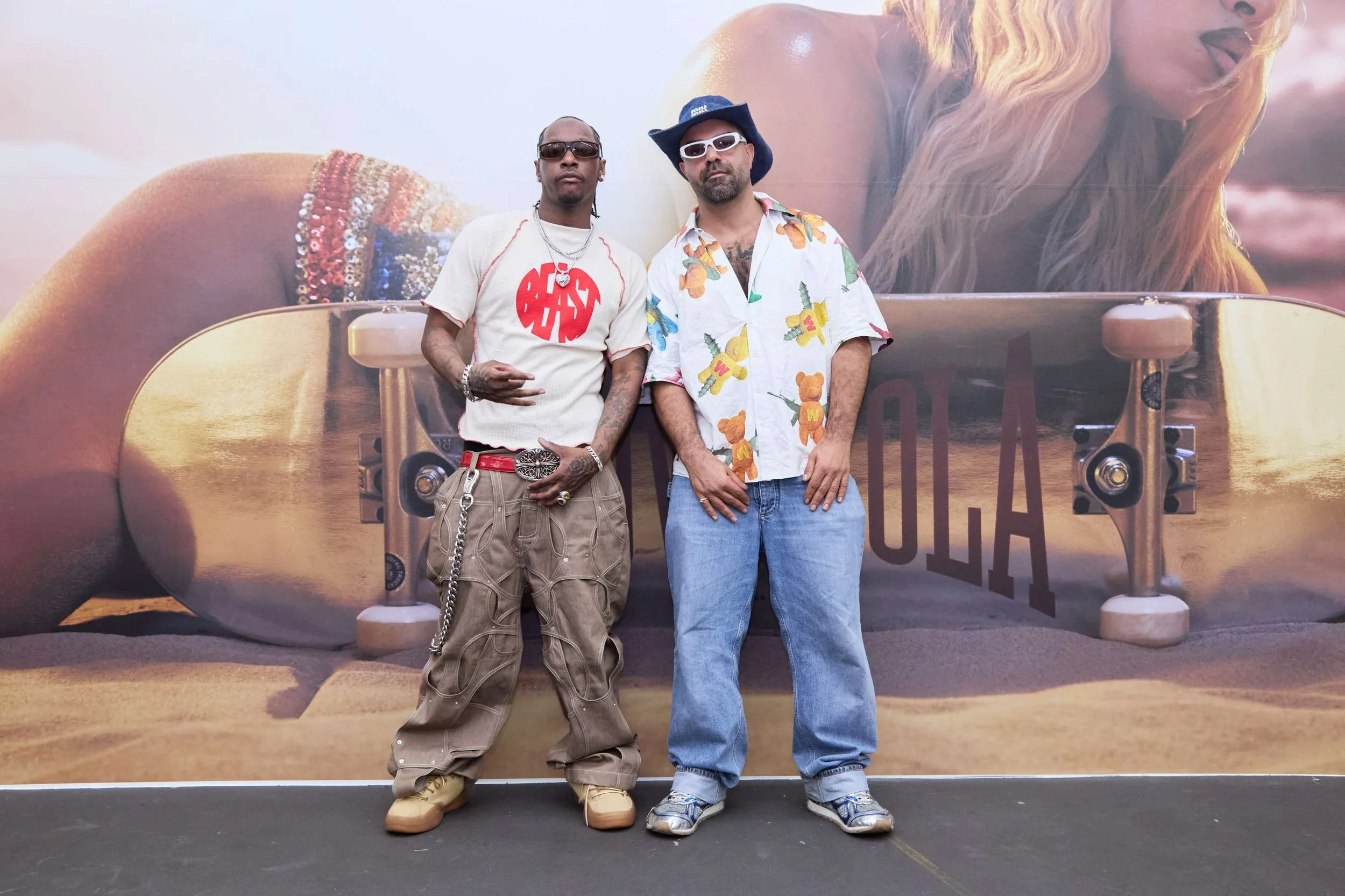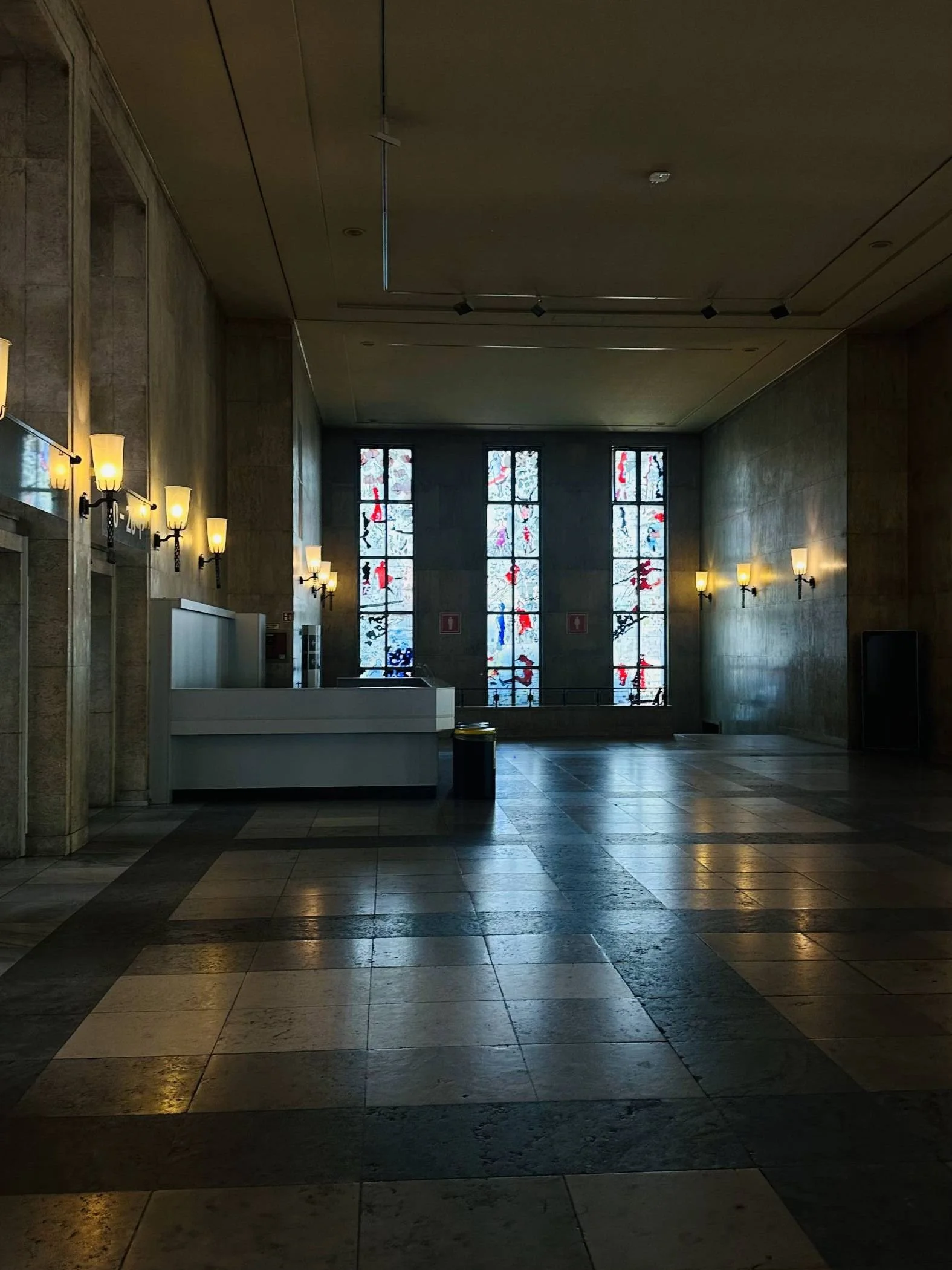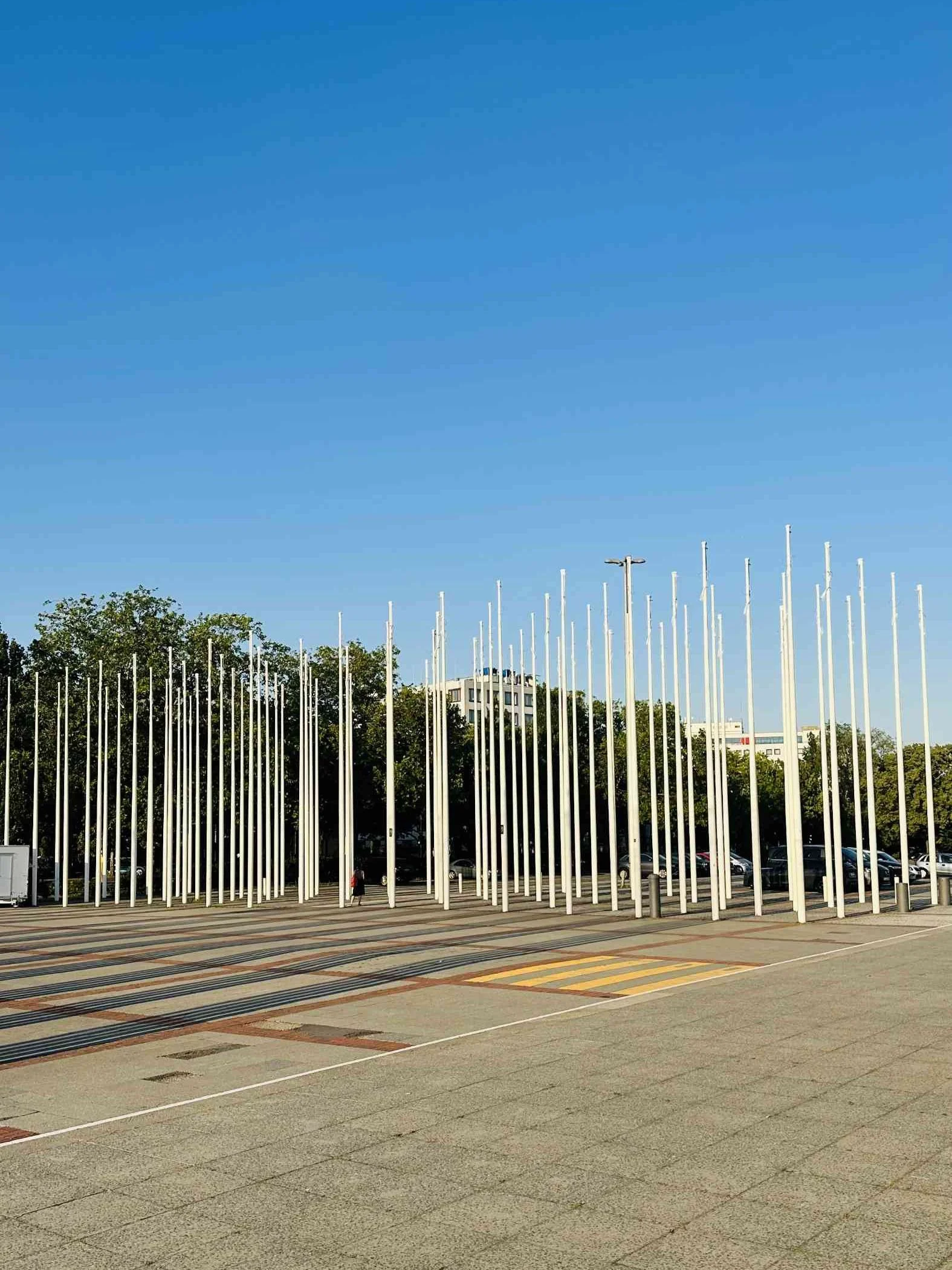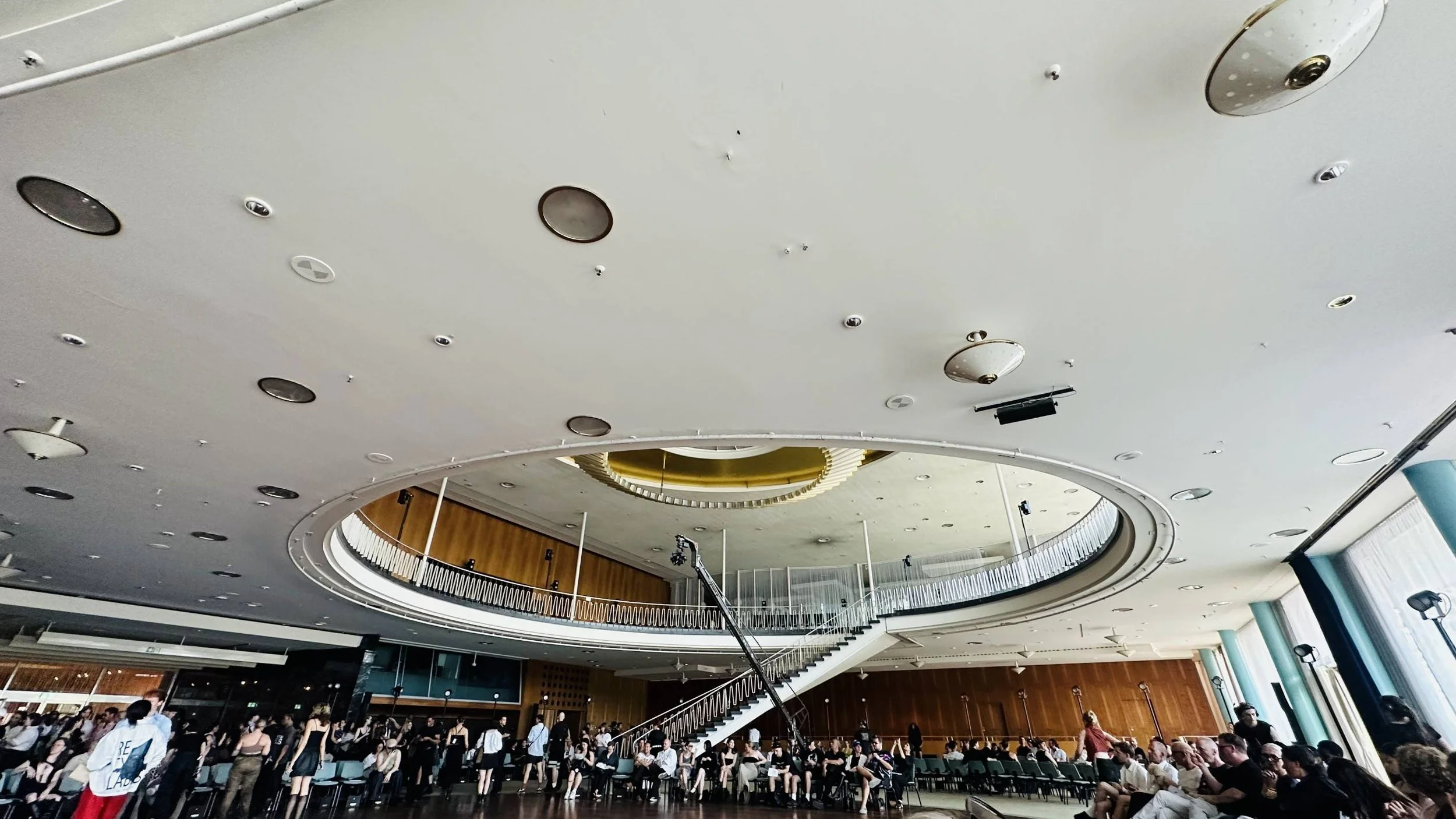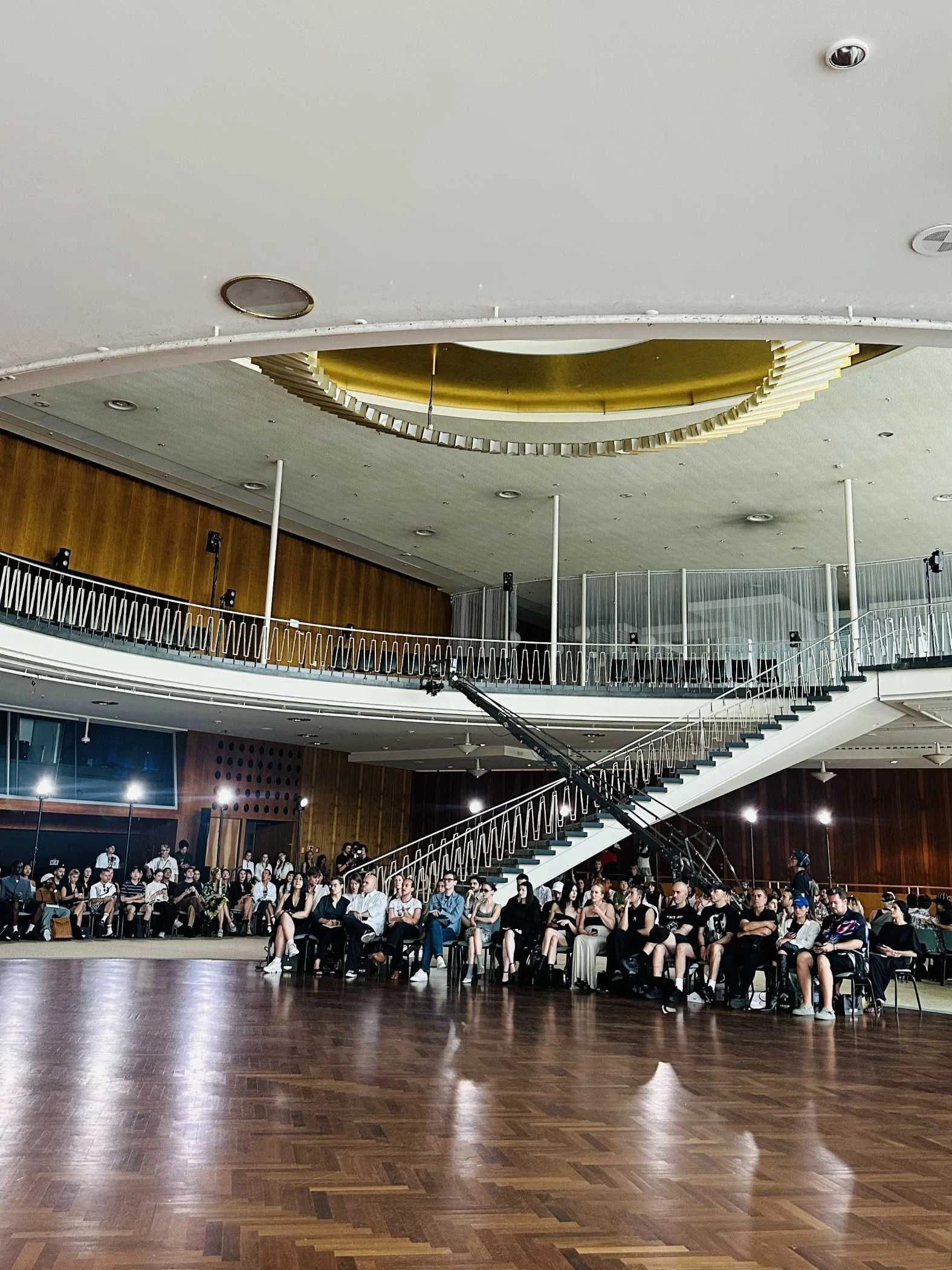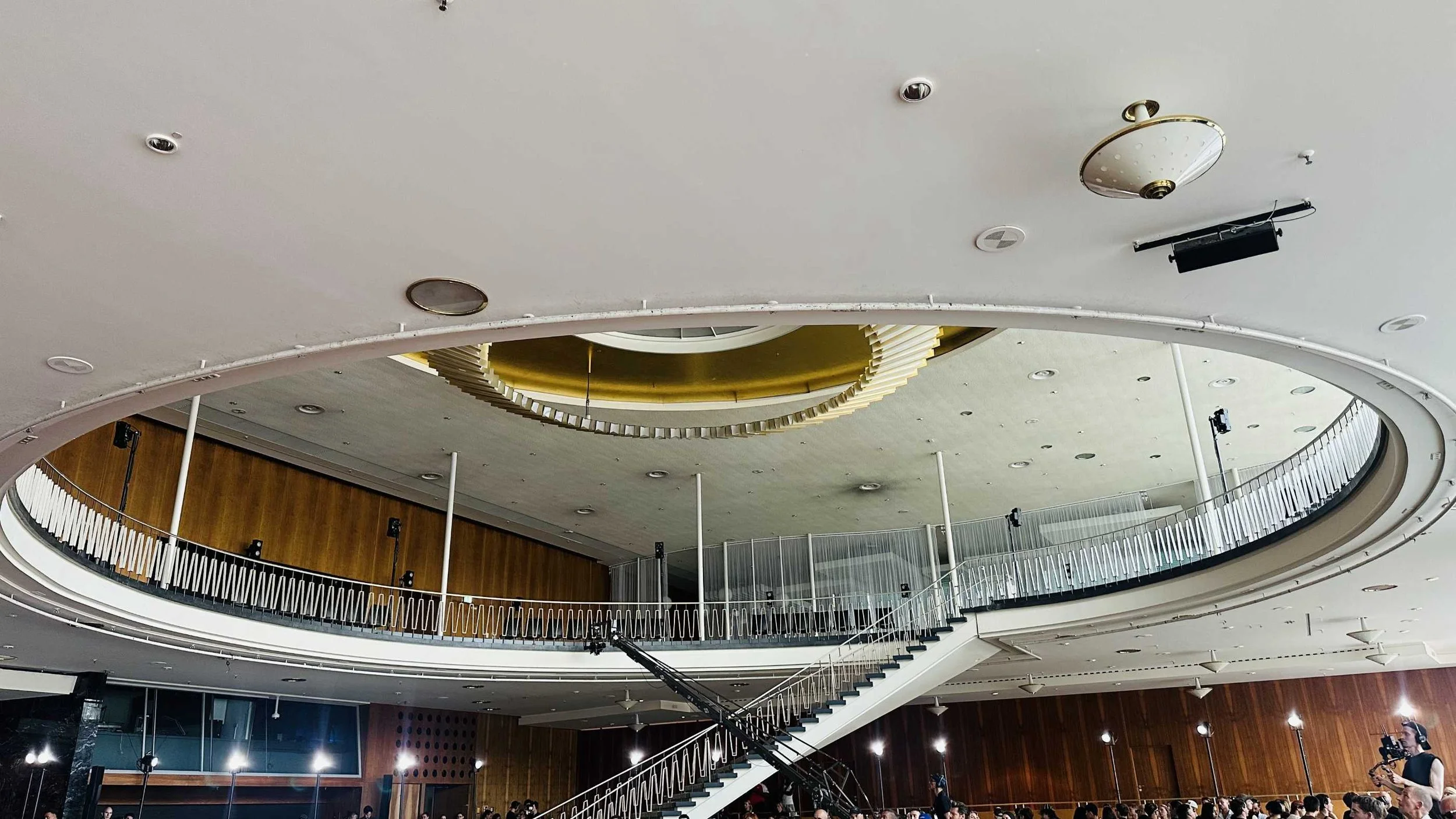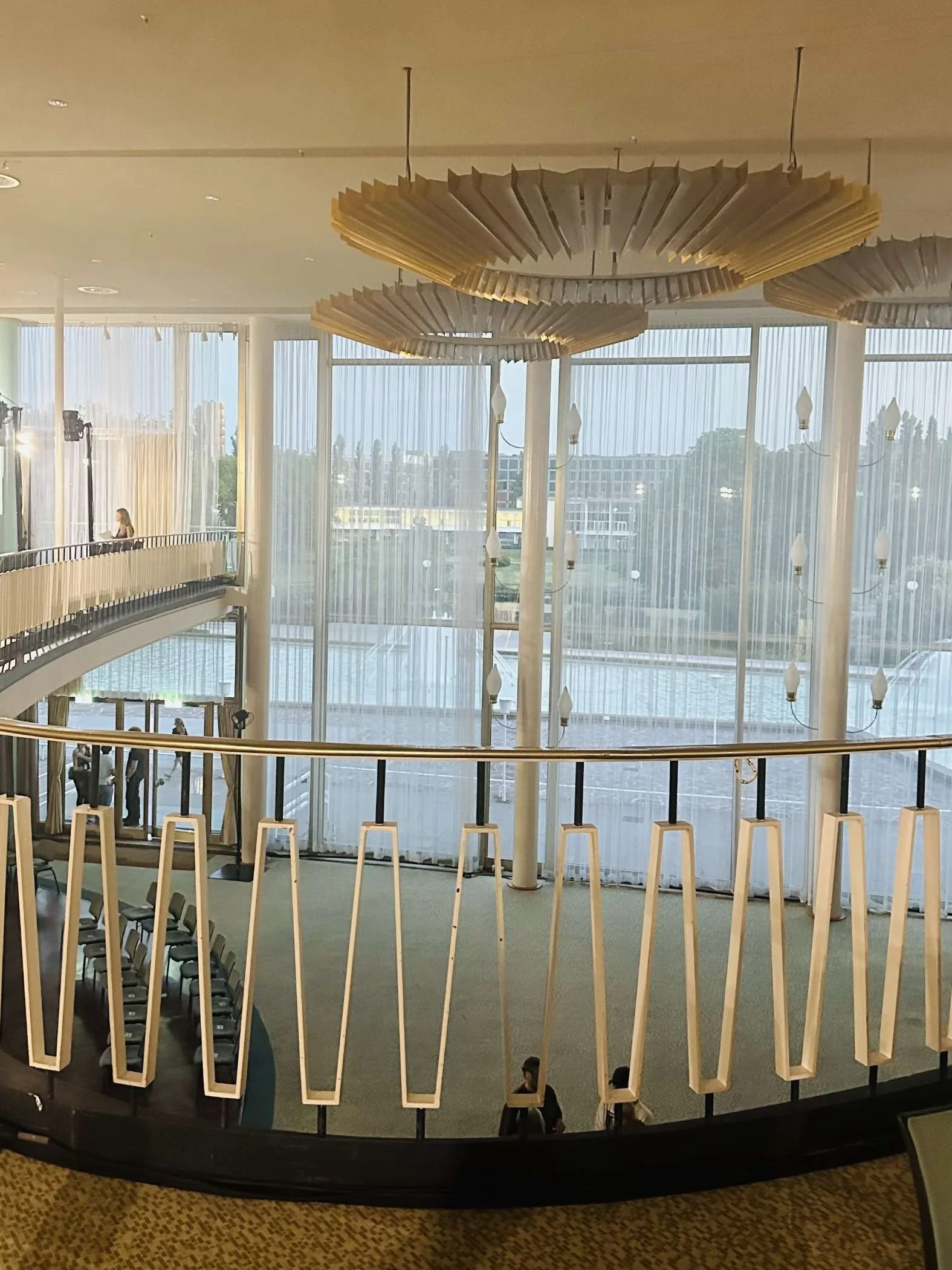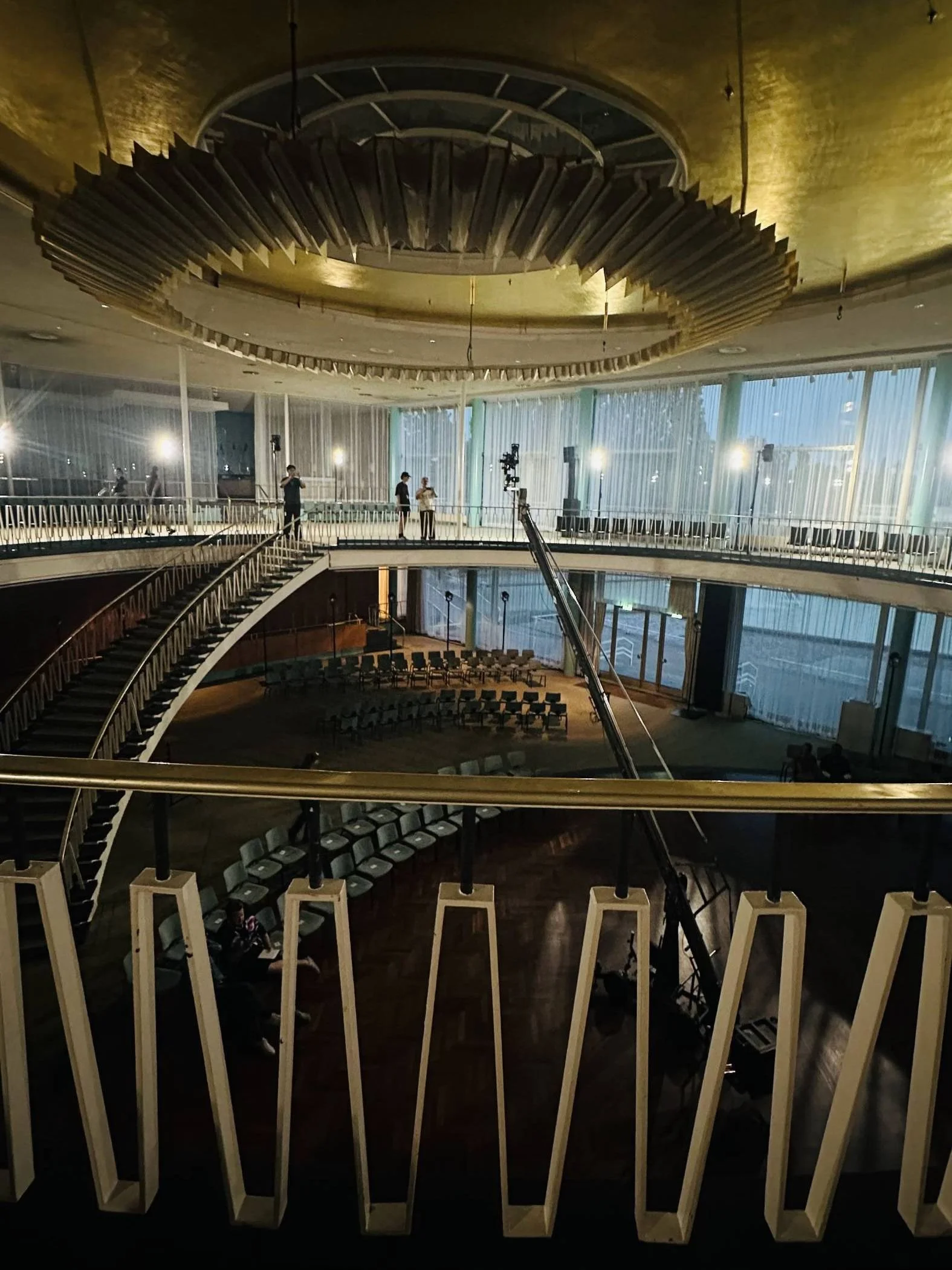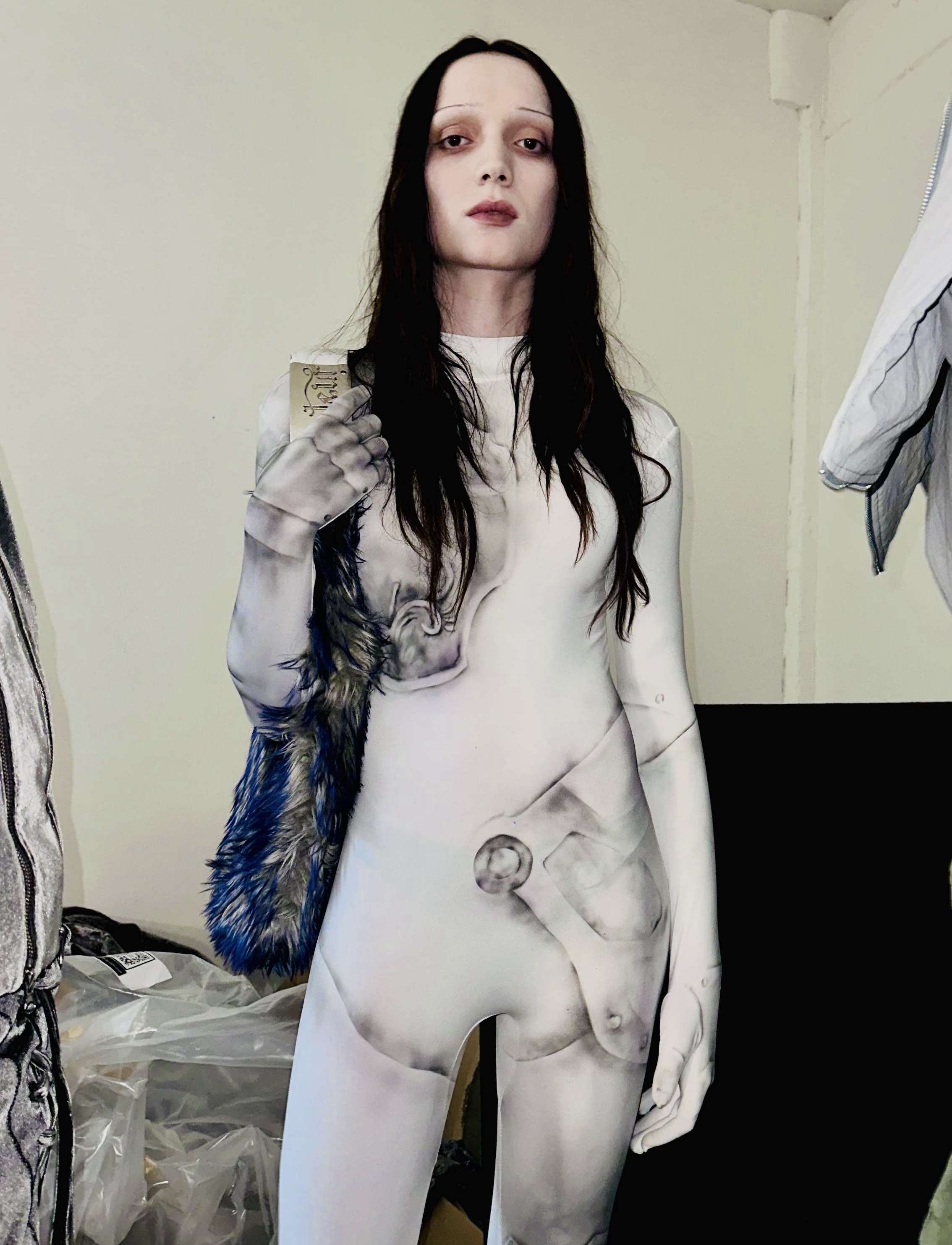INTERVENTION Returns to Berlin With Clear Terms
In conversation with Mumi Haiati, we unpack how INTERVENTION is building its own pace and vocabulary in Berlin.
INTERVENTION stays close to instinct. This edition proved it again. No filler, no guesswork. Each invitation felt personal and necessary. Ottolinger closed the day with intent, never losing grip on their sound or tempo.
The setting was not casual. Messe Berlin (Palais am Funkturm) comes with a history that cannot be forgotten. It added friction. That friction gave the event presence.
Mowalola’s Berlin debut was not a soft landing. The reaction was immediate. Clothes nearly vanished on day one. Berlin supports real scenes. Not just parties or trends, but long conversations, real attention. INTERVENTION picks up on that and edits it well. It never floods the calendar. It stays selective.
First of all, congratulations on nearly a decade of incredible work with Reference Studios in elevating and supporting designers and brands internationally. This 4th edition of INTERVENTION was spectacular. How did the concept come together, and how did the choice of these four brands contribute to building a legacy that feels decisive for what’s ahead?
My goal was to celebrate diversity – of style, aesthetics, storytelling, and community – all within one format. Four designers means four entirely different realities brought together in an architecturally striking venue that itself reflects Berlin’s pre- and postwar history. For us, it’s about showing that Berlin is a powerful playground for both established and emerging designers to express their creativity fully, surrounded by an exciting and relevant mix of industry figures, creative communities, and voices from arts and culture. The energy is undeniable – we’re seeing rapidly growing interest from international press and cultural authorities like Bloody Osiris, Mark Holgate or Klaus Biesenbach exploring Berlin Fashion Week. With INTERVENTION, we’re proud to have pushed this narrative forward, setting a new quality and standard for the city. And truly, this is only the beginning.
This season, INTERVENTION opened with Mowalola’s first-ever pop-up, a designer we deeply respect and recently featured in a dedicated editorial in COEVAL’s latest print issue. It’s compelling to see her shaping a new community in a city as receptive as Berlin. Do you see this as the beginning of a wider presence here, both for her and for similar voices?
She already has a strong community here. Berlin has an amazing scene of likeminded people who deeply resonate with Mowa’s aesthetic and values. The pop-up itself was almost hysterical – garments were nearly sold out on the first day. It also reflects a larger shift: brands today don’t necessarily need the outdated wholesale model to succeed. They can build their own economic realities through direct-to-consumer strategies. Ultimately, it’s the power of community. That’s what’s most exciting to explore further, and it’s also something we actively support our designers in developing.
The lineup this season feels unusually decisive. What were the criteria behind these invitations, and how much of it is instinct, personal alignment, or long-term strategy?
It’s very much an instinctive alignment – both in taste and in trust. Ottolinger, for example, were never interested in showing in Berlin before, but as friends we started to explore together how it could feel, and it came together organically. For David Koma’s incredible men’s collection, Berlin felt like the natural stage – there’s no better place for expressive, fearless dressing and nightlife. I’m also intentional about reflecting diverse cultures, not just in design but in the designers’ origins: Nigerian, Georgian, Swiss, Middle Eastern, and German influences are all in dialogue, complementing each other beautifully.
Ottolinger’s show was a powerful way to close the day. We felt an immediate connection, especially in how they navigate music, art, and subcultural codes. Do you see this approach becoming more present across future editions?
It’s very possible – but it’s never a formula. If these intersections are part of a designer’s authentic body of work, they will naturally be reflected. It’s about realness. People feel when something is genuine, and those are the brands that resonate and endure. The most important voices are always uncompromising – hardcore in their clarity and straight to the point in their message.
Many platforms get louder as they grow. INTERVENTION seems to be moving in the opposite direction: becoming more precise, more edited, more self-aware. Is this intentional?
Completely. We don’t need to shout or rely on buzzwords to express our values. Our program and our track record in cultural production speak for themselves. It’s about maintenance, progress, and elevation – that’s all we care about.
Is there a book or text you’ve kept close to your desk while working on this edition of INTERVENTION?
Not really. But I was constantly listening to my friend FKA Twigs’ album Eusexua. “Drums of Death” was on repeat – it felt like the perfect, powerful soundtrack to this edition.
The Palais am Funkturm is not just iconic—it carries the weight of postwar optimism and cold war formalism. What made you choose it for this edition? What does its architecture allow you to say?
The architecture reflects both the “then” and the “now” of Berlin – building, rebuilding, and re-purposing. We’ve always been fascinated by space and the power of re-contextualizing historic landmarks. For us, it’s about creating cultural dialogues within spaces that carry their own histories.
As the cultural climate shifts rapidly across Europe, do you see INTERVENTION adapting in form or tone? Or is its value in remaining deliberately consistent? What can we expect for the future?
INTERVENTION is designed to be dynamic – it will serve as an incubator, an energizer, wherever it’s needed globally. Think of it as a cultural vitamin drip: potent, adaptable, and essential.
Words by DONALD GJOKA
What to read next



